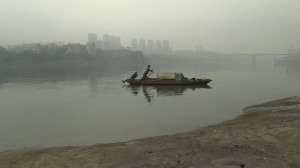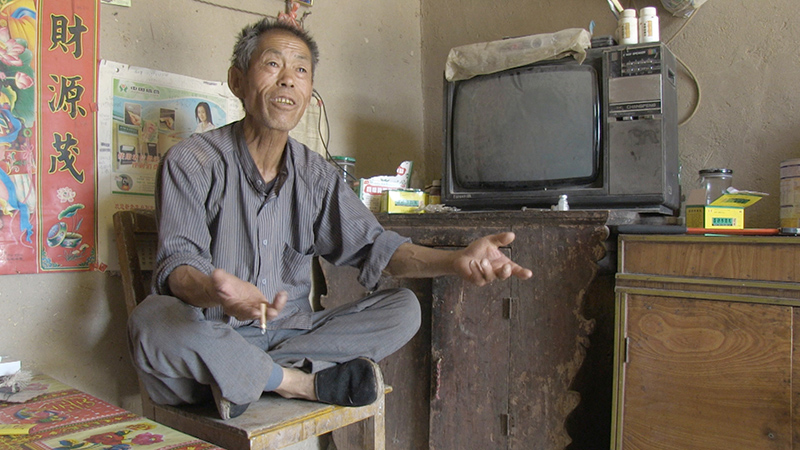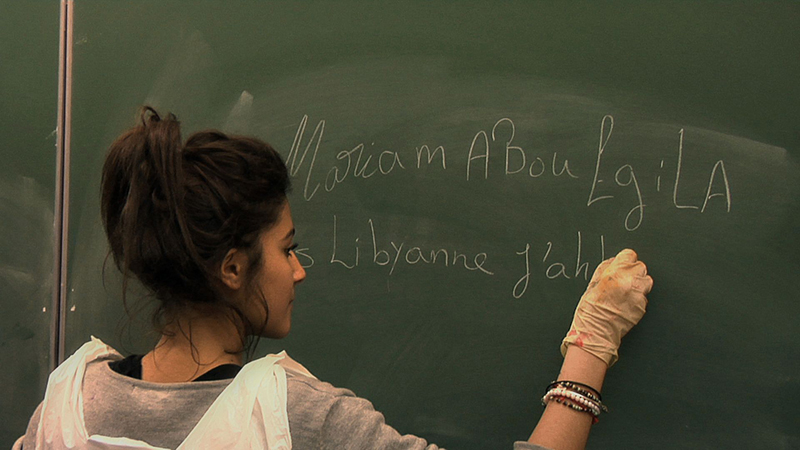The first time a foreign-made documentary sold out at the San Francisco International Film Festival program, several years ago, it was a huge deal. Now it’s neither unusual nor surprising. Americans are starved for information about other countries, and the savvy ones have learned to seek out documentaries—especially those made by filmmakers working in their own countries—for insights they can’t get anywhere else. To state the obvious, U.S. televison news reports are embarassingly short and superficial (unless the international crisis involves a missing jetliner), perhaps in recognition that the masses really don’t care what’s happening to anyone not named Kim or Lindsay.
I don’t profess to be any better informed than you, but I do think it’s important to watch documentaries for their form as well as their content. There is a craft and an art to nonfiction filmmaking that is frequently overlooked and underrated, and is itself a source of pleasure and meaning. The SFIFF, beginning Thursday and continuing through May 8, 2014, has consistently taken that position by not only presenting important stories, but innovative and poetic storytelling. To put it another way, man cannot live on content alone.
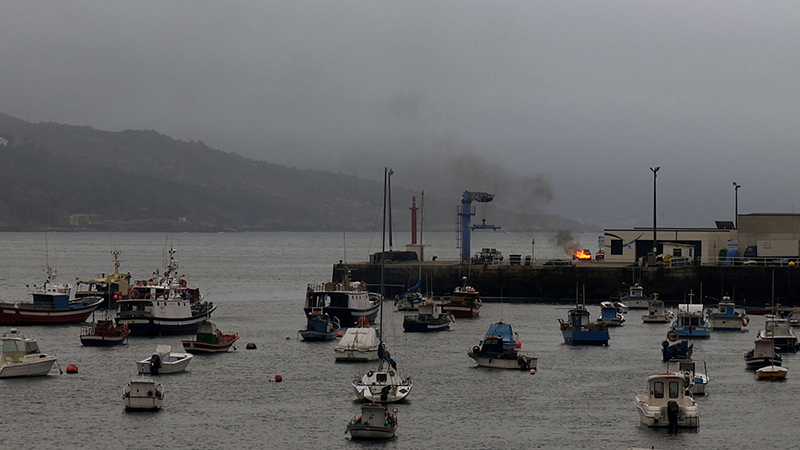
The disturbingly beautiful Spanish documentary Coast of Death (May 2 and 3 at the Kabuki, May 5 at the Pacific Film Archive in Berkeley) opens with the nerve-jangling bite of a chainsaw and closes with a controlled fire. It is conceivable that Lois Patino’s riveting portrait of the famously picturesque, dangerous and despoiled area of Galicia isn’t an environmental disaster film. Despite its myriad aural and visual references to shipwrecks, oil spills, felled trees, mining and wind farming, Coast of Death could simply be a delineation of the border where the utilization of resources becomes exploitation. Or perhaps that’s a distinction without a difference.
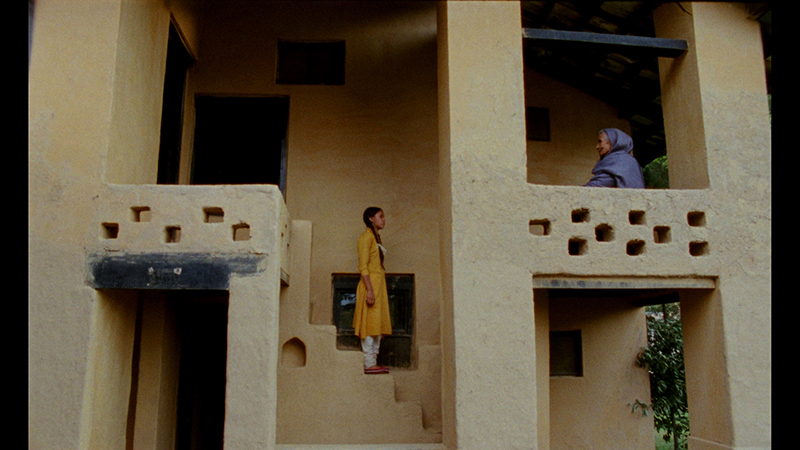
Open to a range of interpretations, and for that alone indubitably worth seeing, Coast of Death has people but no characters, and an expansive awareness of time but no chronology. The same can be said of the Indian film The Seventh Walk(Apr. 26 at the PFA and Apr. 29 and May 1 at the Kabuki), a 70-minute exercise in erasing the gulf between nature and its representation. The painter Paramjit Singh serves as inspiration, silent subject and posed foil for filmmaker Amit Dutta’s occasionally entrancing, occasionally mind-numbing attempt to bring still lifes to life via zooms, pans and tracking shots. The Seventh Walk left me contemplating the redundancy of making pictures of nature when one’s life is surrounded by it; somehow I don’t think that’s Dutta’s goal.
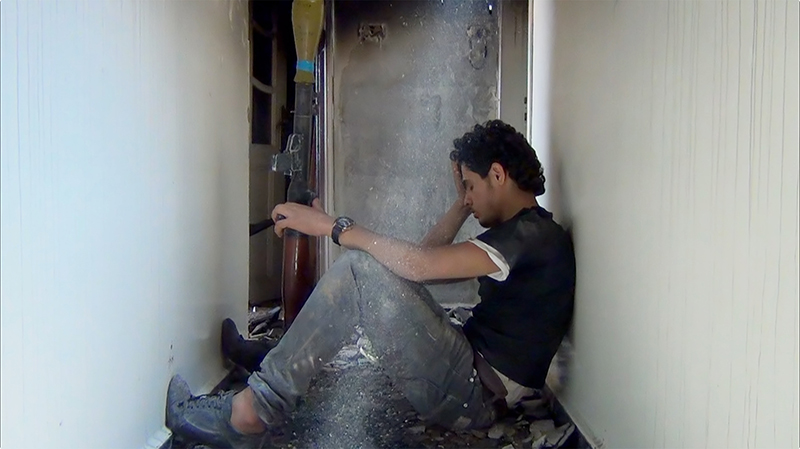
These films inhabit a different realm than the typical American character-driven documentary with its bow-tied endpoint. The closest cousin to a doc with a dedicated protagonist is Talal Derki’s deeply courageous Return to Homs (May 4 and 7 at the Kabuki and May 6 at PFA), an irreplaceable blood-and-rubble document of the outgunned domestic resistance to Syrian President Bashar al-Assad. A young, aspiring goaltender named Basset stands up first as an activist, then as a militant and a rebel. “Peaceful resistance is futile,” he asserts at a crucial juncture. “We’re dealing with people who do not fear God.”
